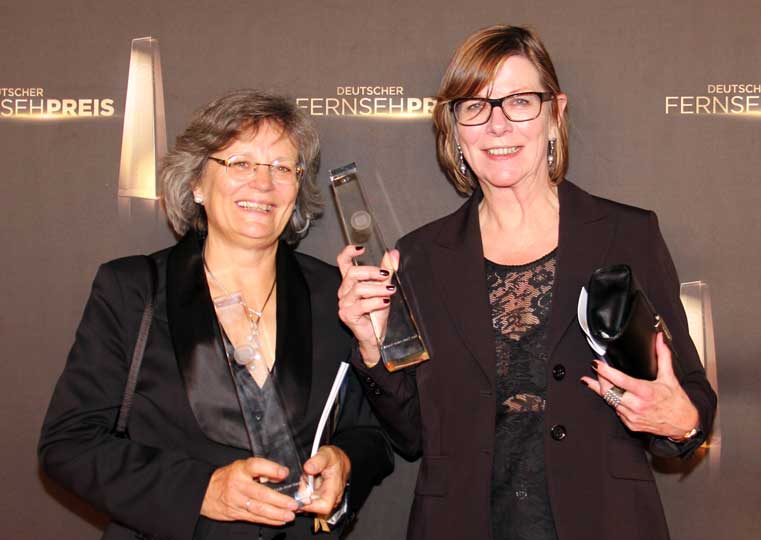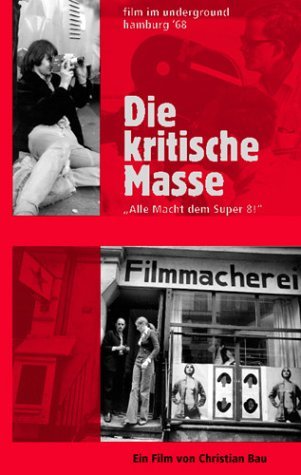Ursula Höf
No birth date available.

Ursula Höf (sometimes credited as Olla Höf) began working as an apprentice editor in 1970 before editing her first film in 1975. She has earned ninety editing credits spanning narrative, documentary, features, and shorts for both film and television. Höf collaborated with Helke Sander on several landmark feminist films (Die Allseitig reduzierte Persönlichkeit – Redupers, Der Subjektive Faktor, and BeFrier und BeFreite) as well as on two of the three short films by Sander in the series Aus Berichten der Wach und Patrouillendienste. She has completed twenty projects with director Markus Imboden (Mörder auf Amrum, The Foster Boy) and ten with Rolf Schübel (Ein Lied von Liebe und Tod—Gloomy Sunday, Blueprint, and Walerjan Wrorbel’s Homesickness) and has worked additionally with Kai Wessel (The Trace of the Red Barrels), Heidi Specogna (The Short Life of José Antonio Gutierrez), and Cristian Bau (The Critical Mass: Underground Film in Hamburg During the Sixties). Höf’s editing has been nominated for a German Camera Award (Gloomy Sunday) and a Filmplus Award (The Short Life of José Antonio Gutierrez). In 2012, she received a Deutscher Fernsehpreis and in 2016 Höf received an honorary lifetime achievement award from Filmplus.

“…it is a kind of work that does not take place in public, and there were quite a few male colleagues who preferred to move along their careers and step into the public. Most of the women didn’t want that — although there were a few but that was rare, and so were the opportunities. And the more the auteur film progressed, the more the women became — to put it pointedly — “servants,” even though that is actually not true for editing because one is also the interpreter. But we — and that is true for all editors — are not those who surge to the front but rather the ones who try to implement ideas and to make the most of the material. All that mostly takes place in the background. Unfortunately, the fact that there have always been more female than male editors has resulted in a loss of prestige for the profession. We are actually still fighting against that.”
 “The editing of a documentary is always a bit underestimated, even though it is more elaborate regarding both content and dramaturgy because the film is only created in the editing room. Yet I would not describe the work in those different genres as contrary because the goals are the same. The goals are to create an emotional narrative, to build tension and a dramatic arc and to figure out how to convey something to the audience — how to grab it. And that is the same in a narrative film and a documentary.”
“The editing of a documentary is always a bit underestimated, even though it is more elaborate regarding both content and dramaturgy because the film is only created in the editing room. Yet I would not describe the work in those different genres as contrary because the goals are the same. The goals are to create an emotional narrative, to build tension and a dramatic arc and to figure out how to convey something to the audience — how to grab it. And that is the same in a narrative film and a documentary.”

“I remember that when I started out there were some really great female colleagues, they were open and adventurous, they had an incredible artistic sense and they created unbelievable things but the only editor anybody talked about was Peter Przygodda. Editing is mostly invisible anyway, and then once again you rather look at the men than at the women. This phenomenon bothers me.”
—Three excerpts from “Career Beginning, and Editing Techniques: Interview with Ursula Höf” by Cornelis Hähnel. The full text can be found in the Appendix.



